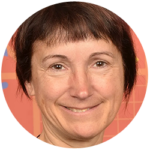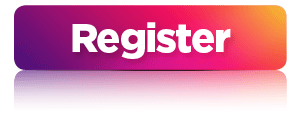 Kim Nylander is a Principal Technical Writer for tracing and profiling telemetry products at Grafana Labs. She specializes in creating and mentoring working relationships with SMEs by making technical writing enjoyable. With over 20 years experience, she understands how to quickly assess a product and the target audience to create engaging documentation. She’s an active contributor for Grafana Tempo and Grafana Pyroscope open source product documentation and has contributed to several OpenStack storage open source projects.
Kim Nylander is a Principal Technical Writer for tracing and profiling telemetry products at Grafana Labs. She specializes in creating and mentoring working relationships with SMEs by making technical writing enjoyable. With over 20 years experience, she understands how to quickly assess a product and the target audience to create engaging documentation. She’s an active contributor for Grafana Tempo and Grafana Pyroscope open source product documentation and has contributed to several OpenStack storage open source projects.
D(ocs)&D(evelopment): Finding the Perfect Party for Your Documentation Campaign
Co-presented with: Hedley Simons
It’s product release time. The code is stable. You’ve got everything EXCEPT the docs.
How do you create meaningful, prioritized content quickly?
Your writer needs to collaborate with a Subject Matter Expert (SME) who understands the technical and user contexts.
At Grafana, this synergy often happens between Field Engineers (FE) and Technical Writers (TW). FEs are a three-in-one SME with the understanding of a developer, sales engineer, and technical support.
How does this collaboration benefit both writers and SMEs?
- TW has a single SME for user needs and cross-product technical expertise.
- FEs get accurate, up-to-date content that help them and Grafana’s customers learn products.
- Product users get accurate, up-to-date docs.
We’ll share how this collaboration started through a love of RPGs, the traps we encountered and lessons learnt, and how a bi-weekly session between two colleagues became the foundation for a model now used across Grafana’s telemetry products.
In this session, attendees will learn:
- How to Identify and recruit collaborators best suited to work on documentation
- How to guide documentation contributors on what level of documentation is useful for their software, product, feature, etc.
- Tips for establishing a collaborative workflow with regular cadence
- How to prioritize work that best addresses the user’s needs
- Why you need relentless curiosity, to be willing to ask questions no one else does


